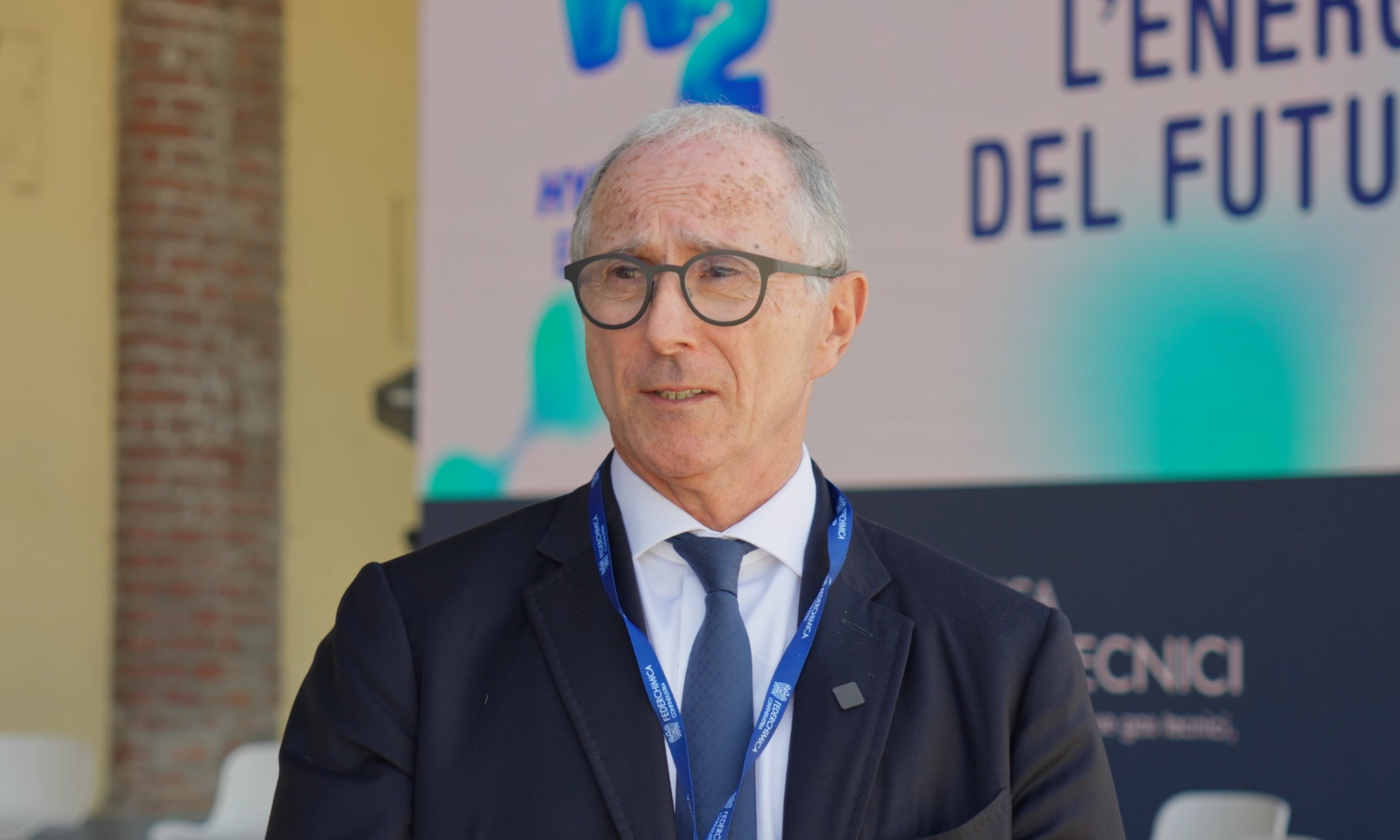https://www.lifegate.it/mario-paterlini-idrogeno-mobilita-sostenibile
- |
To give life to a real one hydrogen economy a combination of technological and institutional factors is necessary:incentives, a clearer regulatory framework and an acceleration of the creation of dedicated infrastructures.He is convinced of it Mario Paterlini, president of Hydrogen energy carrier group of Federchimica Assogastecnici which he presented in recent days “Hydrogen Experience”, a project that brings together good practices in the sector with the aim of supporting the transition to economies of scale that will facilitate the start-up of an economy based on this vector.

What kind of contribution can hydrogen provide in the path towards the decarbonisation of transport?
An essential contribution.The use of hydrogen has no emissions, generates water as a waste product and therefore contributes significantly to decarbonisation.The use of hydrogen will increase exponentially in the coming years and will probably be increasingly adopted in the various mobility segments, underlining once again the great operational flexibility of this energy vector.
Today hydrogen is increasingly used in heavy transport or on trains.Is its massive development on cars a realistic prospect?If yes, what are the timescales?
The technology is available and industrialized.To be clear, they already exist car and hydrogen trains.The timing of its diffusion will be dictated by two elements external to the technology:firstly, the incentives for the sector that the States will decide to guarantee;secondly, the creation of infrastructures to guarantee supplies to hydrogen vehicles.It is clear that until a sufficient number of refueling stations are built throughout the peninsula, there will be no market for hydrogen cars.
With reference to the automotive sector, what are the advantages of this carrier compared to pure electric?
First of all, the charging times, similar to those of vehicles on the market today;and then the range, also in this case close to current values.These aspects, however, do not only concern cars:think of heavy vehicles, the costs of which would be unsustainable if they had to stop for three or four hours to recharge their batteries every 300 kilometers travelled.Still at the heavy vehicle level, the smaller size of hydrogen tanks compared to batteries ensures on the one hand a greater goods loading capacity of the vehicles and on the other a lighter vehicle.
Almost all hydrogen cars currently on the market use fuel cell technology.Will this be the main solution in the near future or will there be any new developments announced?
At the moment this is the most promising technology.Because it is the only one that guarantees water as the only waste.Other technologies for the use of hydrogen in transport currently present technical problems that do not make them competitive.

Those who have doubts about the future role of hydrogen highlight its high cost and the difficulties of transport and storage.Are these problems destined to disappear as a result of technological advancement?
Similarly to what we have seen in the past with photovoltaic and wind power, a decrease in costs is expected production costs thanks to the increase in the installed power of the electrolysers.The difficulties linked to transport and storage will instead be reduced with technological advancement and the growth in demand, which will make new technological solutions possible such as liquefaction, which already exists at an industrial level.At sector level, every year in Italy we already carry out numerous safe hydrogen deliveries:this is to underline that the hydrogen molecule is not new, but the applications will be new.As with the energy sources in use today in mobility, I am thinking of fossil fuels but also of electricity, on the subject of safety hydrogen presents the same critical issues which, being a molecule known and used for over a century, are well known and equally well managed.
What is needed to create a true hydrogen economy, and in particular hydrogen green?
A combination of technological and institutional factors is required.The hydrogen supply chain requires a clearer regulatory context, which facilitates private investments and a national plan for implementation in industry and transport.To date, incentives have been allocated by the Pnrr to cover capital costs which, however, are not yet sufficient to guarantee the competitiveness of hydrogen and stimulate demand that repays the costs.Public support is therefore also necessary on the operating costs for hydrogen production and on heavy vehicles to stimulate demand, as already happens in some European countries.
